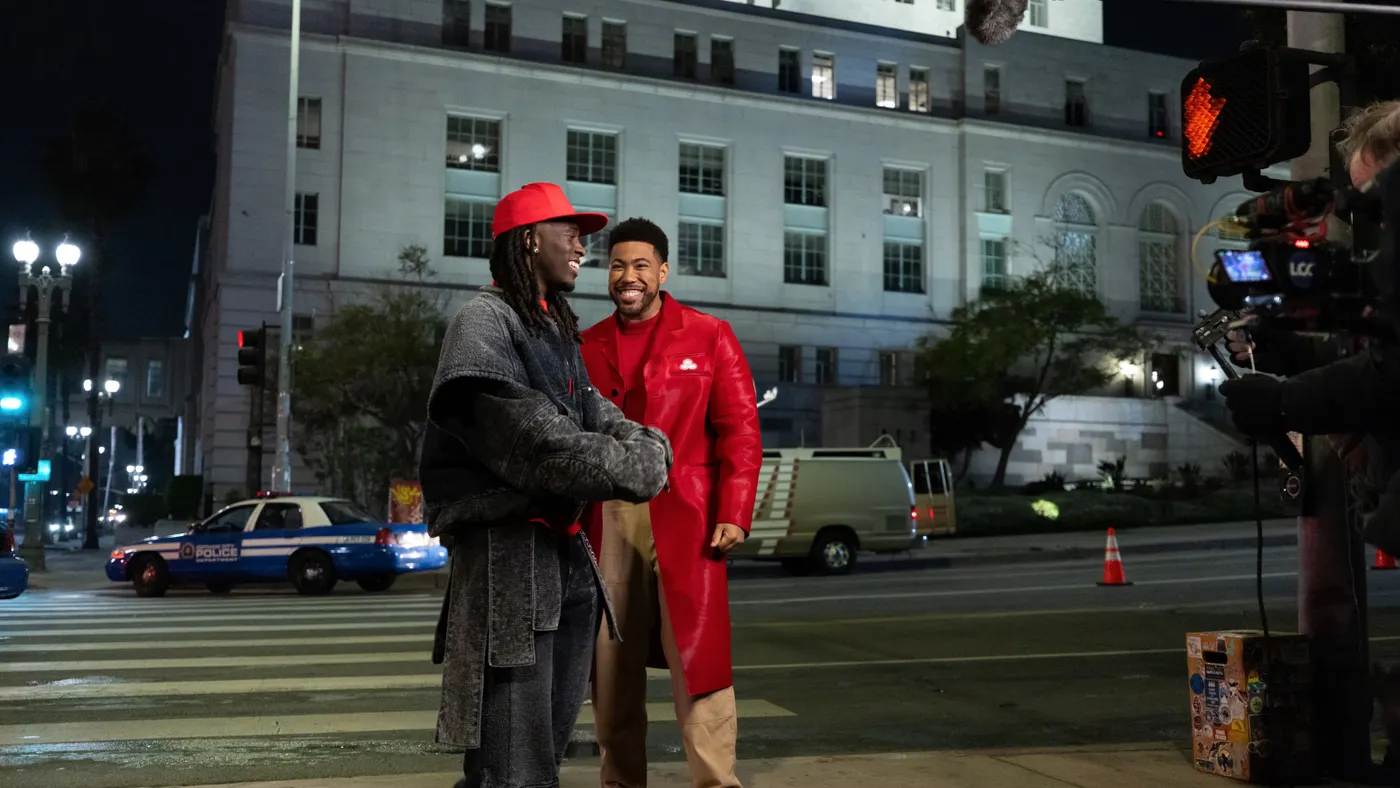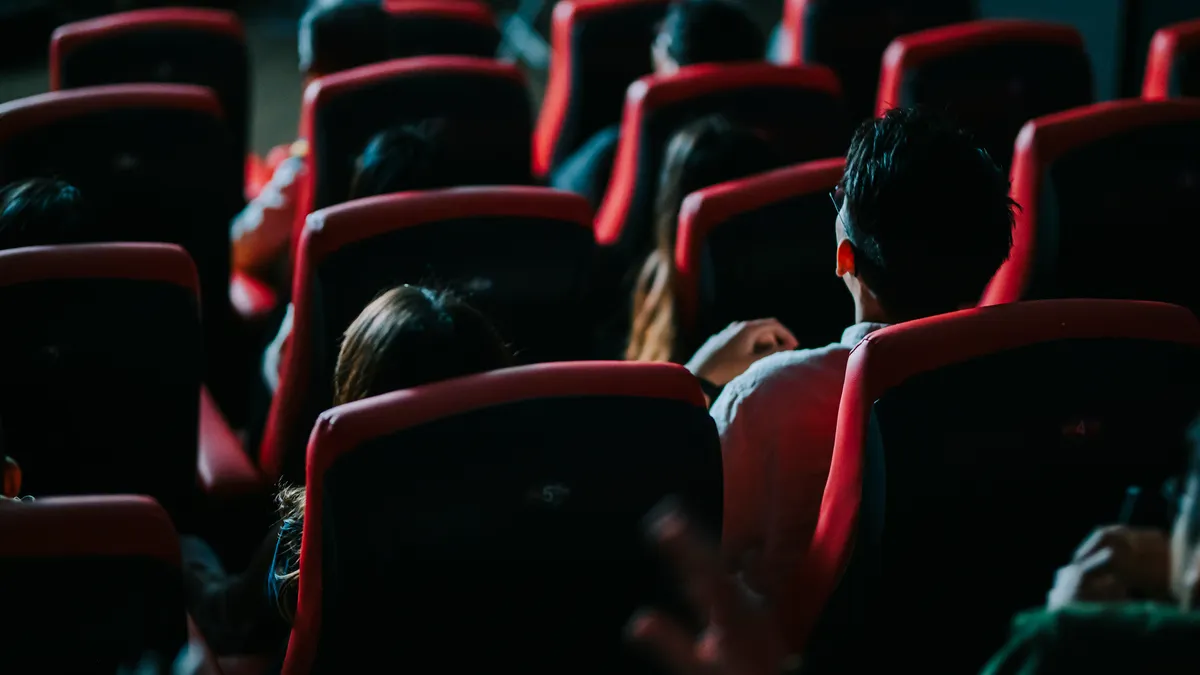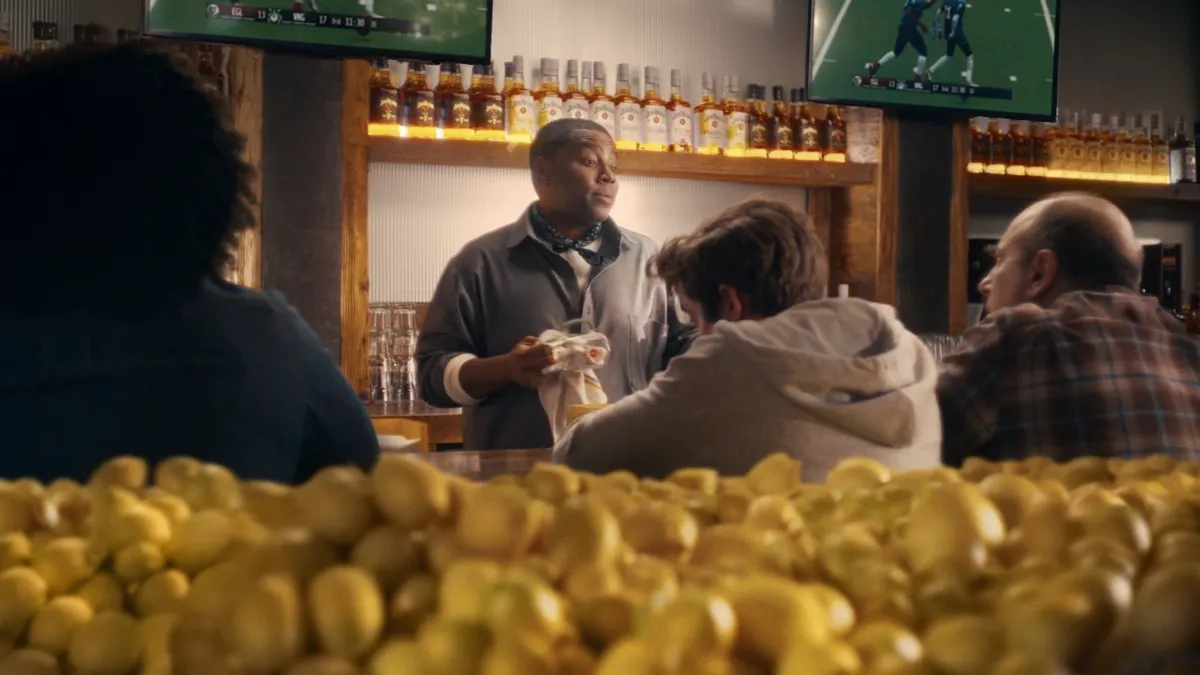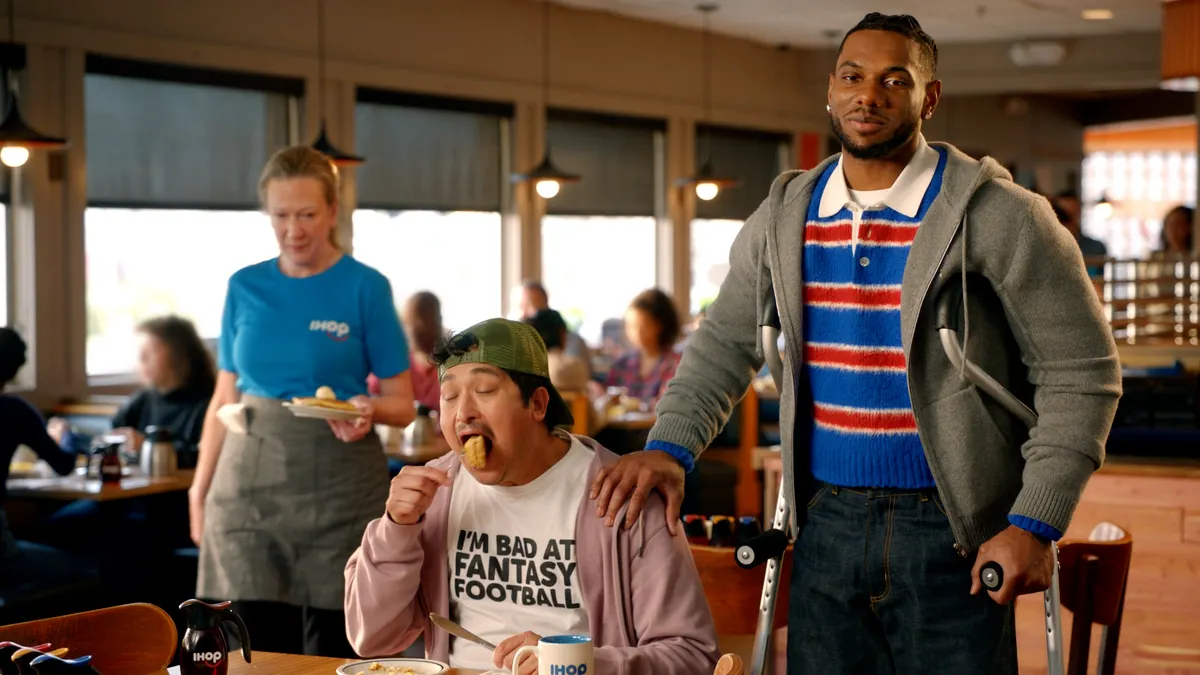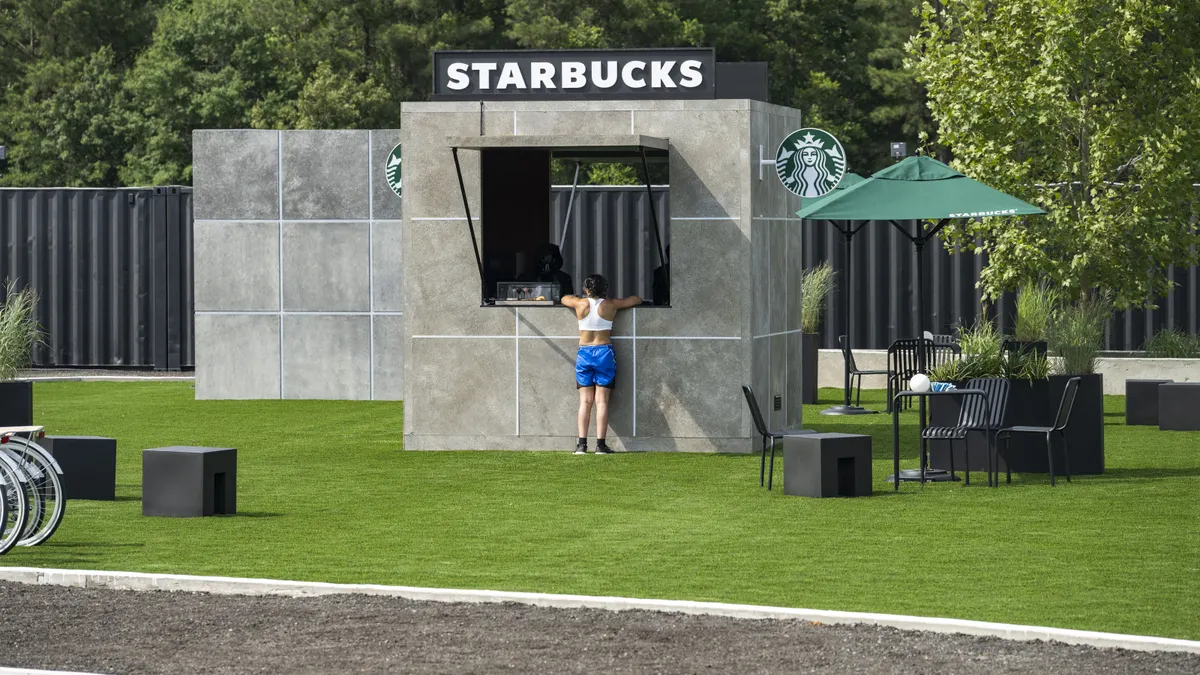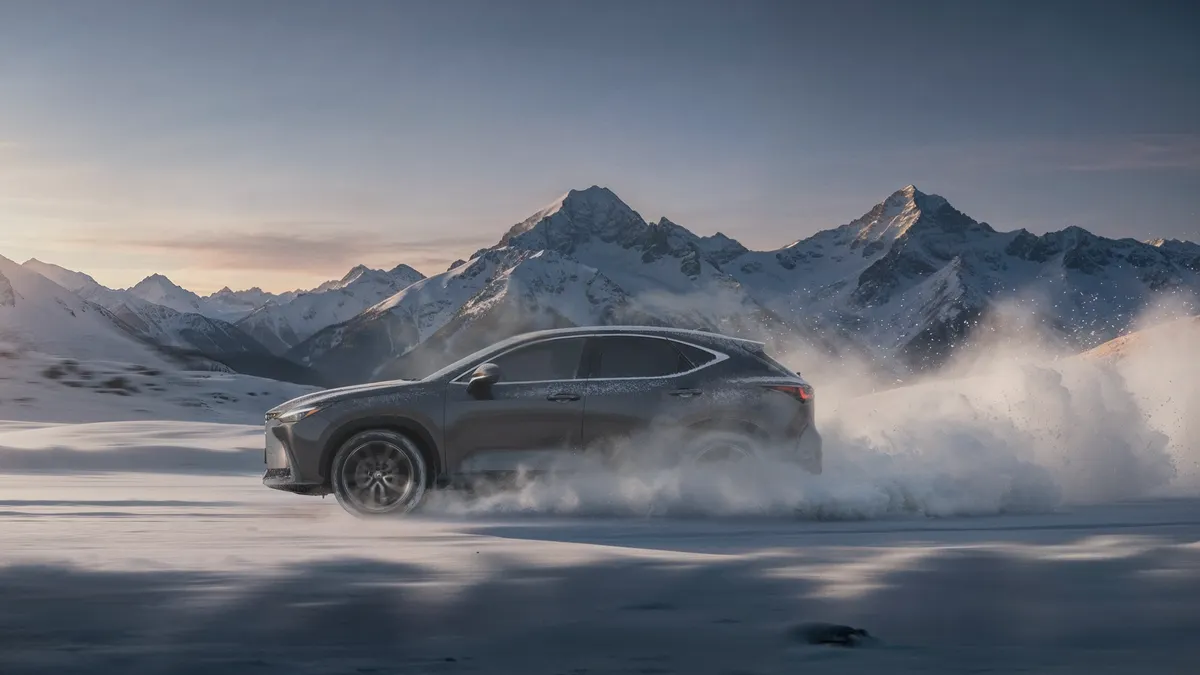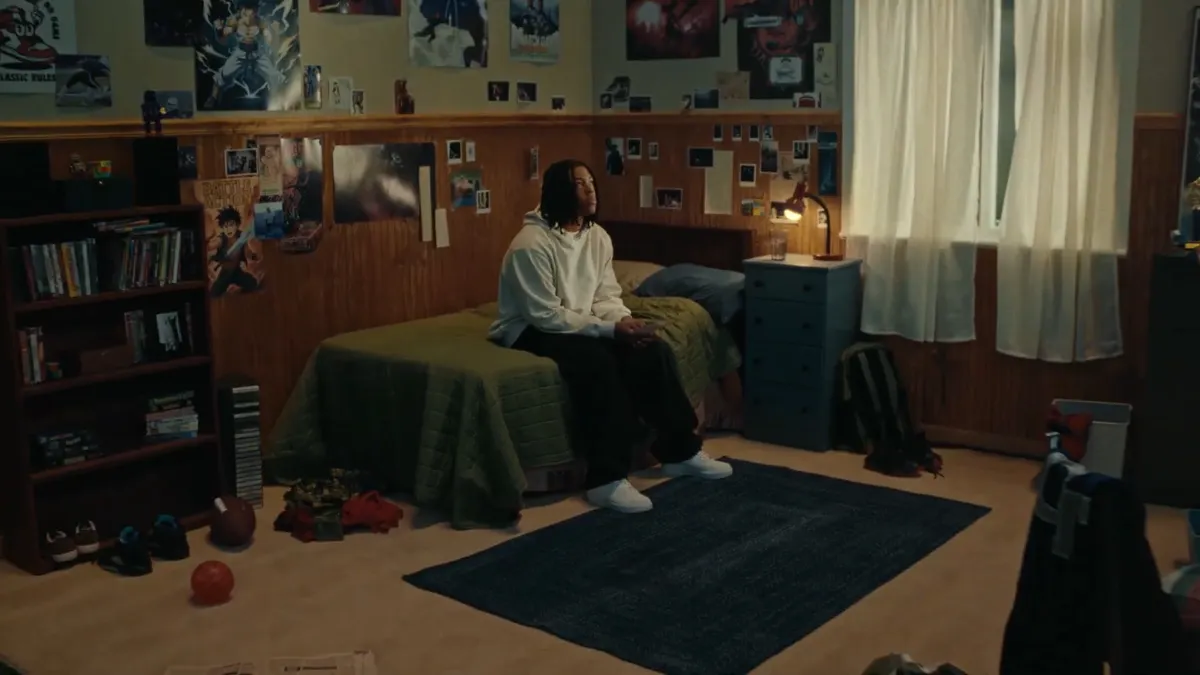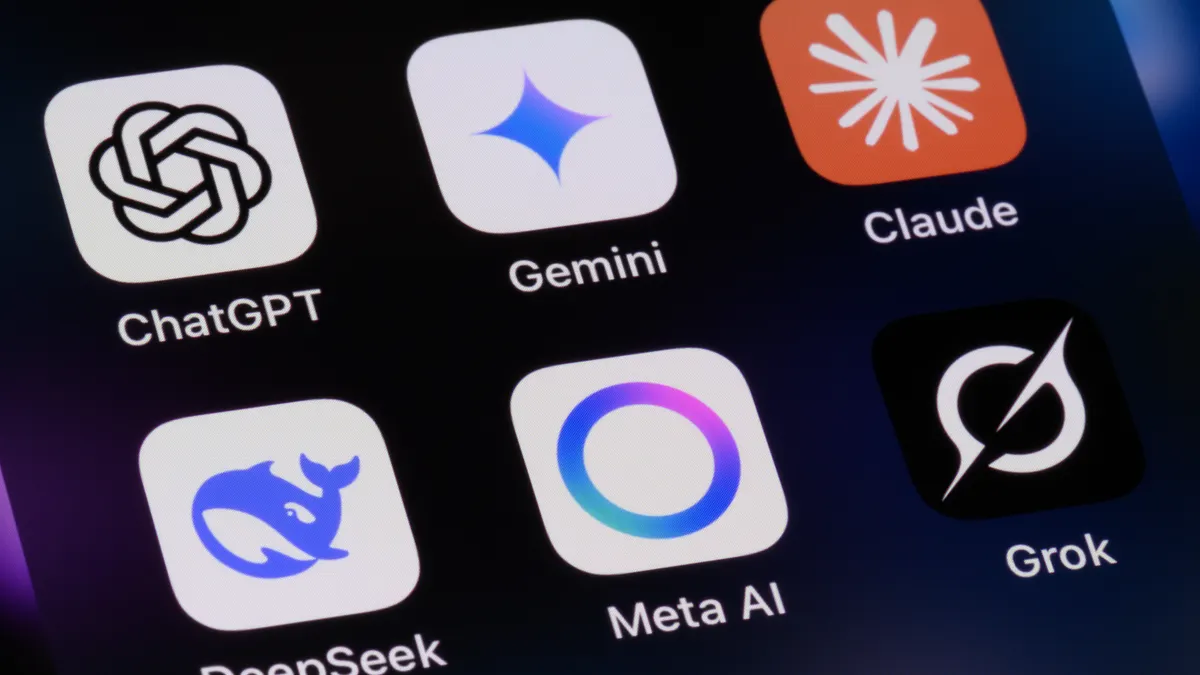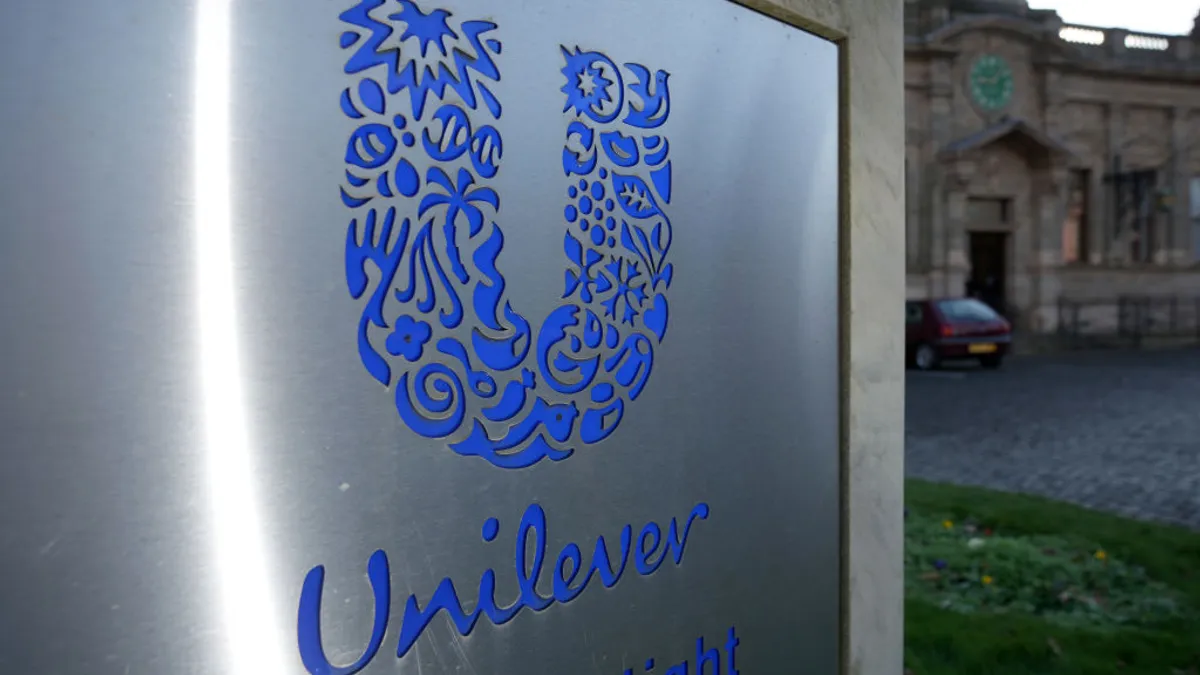For many marketers, the first half of 2025 summoned unwelcome parallels to the early days of the pandemic. The rush to batten down the hatches, trim budgets and adjust media plans on the fly returned in force — and even included another on-again, off-again TikTok ban — but this time the scramble came in response to careening tariffs rather than a public health crisis.
That said, marketers entered the latest bout of chaos with several years of navigating historically choppy waters under their belts. As some brands went silent, others jumped on the opportunity to drive home resonant messages around pricing, inclusion or humor, better girding themselves for the uncertain months ahead.
These strategies, however well-executed, have not always resulted in the expected performance bump as tariffs rattle businesses reliant on global trade and consumer sentiment remains low. Regardless, they provide brands with solid foundations to build upon once stability is back in play. For some, culturally tapped-in marketing has also helped enshrine category dominance while rivals flounder.
Below, Marketing Dive has brought together the most eye-catching marketing from H1 2025, spanning tactics including experiential, rebranding, packaging and good old-fashioned TV ads. Assessing what worked about these efforts, many of which pushed against the industry grain, could help inform planning around an H2 that will carry high expectations and a strong need to differentiate amid a proliferation of generative artificial intelligence and samey messaging.
Best creative comeback: Nike’s “So Win.”
A lot remains up in the air regarding Nike’s turnaround, but the sportswear icon proved it could recapture its old marketing magic at Super Bowl LIX in February. Returning to the big game for the first time in nearly 30 years, the brand and creative agency Wieden+Kennedy Portland delivered the type of showstopping spot that has become rare in an advertising slate that generally skews toward celebrity cameos and humor.
“So Win.” not only cut through the clutter of TV’s biggest night, securing the Super Clio Award, but also demonstrated Nike can balance leaning on legacy while offering consumers something fresh. That’s an important needle to thread as the brand looks to correct course after years of overfocusing on performance marketing.
“It felt very reminiscent of the way that Nike used to advertise,” said Devon Archbold, director of campaign strategy at Movers+Shakers.
The 60-second commercial, shot in cinematic black and white, stars athletes including Jordan Chiles, Caitlin Clark and Sha’Carri Richardson as rapper Doechii rattles off all the things women supposedly “can’t” be and the defiant attitude it takes to overcome such adversity. “So Win.” capitalized on a groundswell of interest in women’s professional sports, but also could be interpreted as a deeper rallying cry given the political climate. As other marketers pump the brakes on purpose in response to diversity, equity and inclusion backlash, Nike showed how to stay the course while remaining rooted in brand fundamentals.
“What was really cool was that Nike went all in, proving that purpose and performance can coexist,” said Archbold.
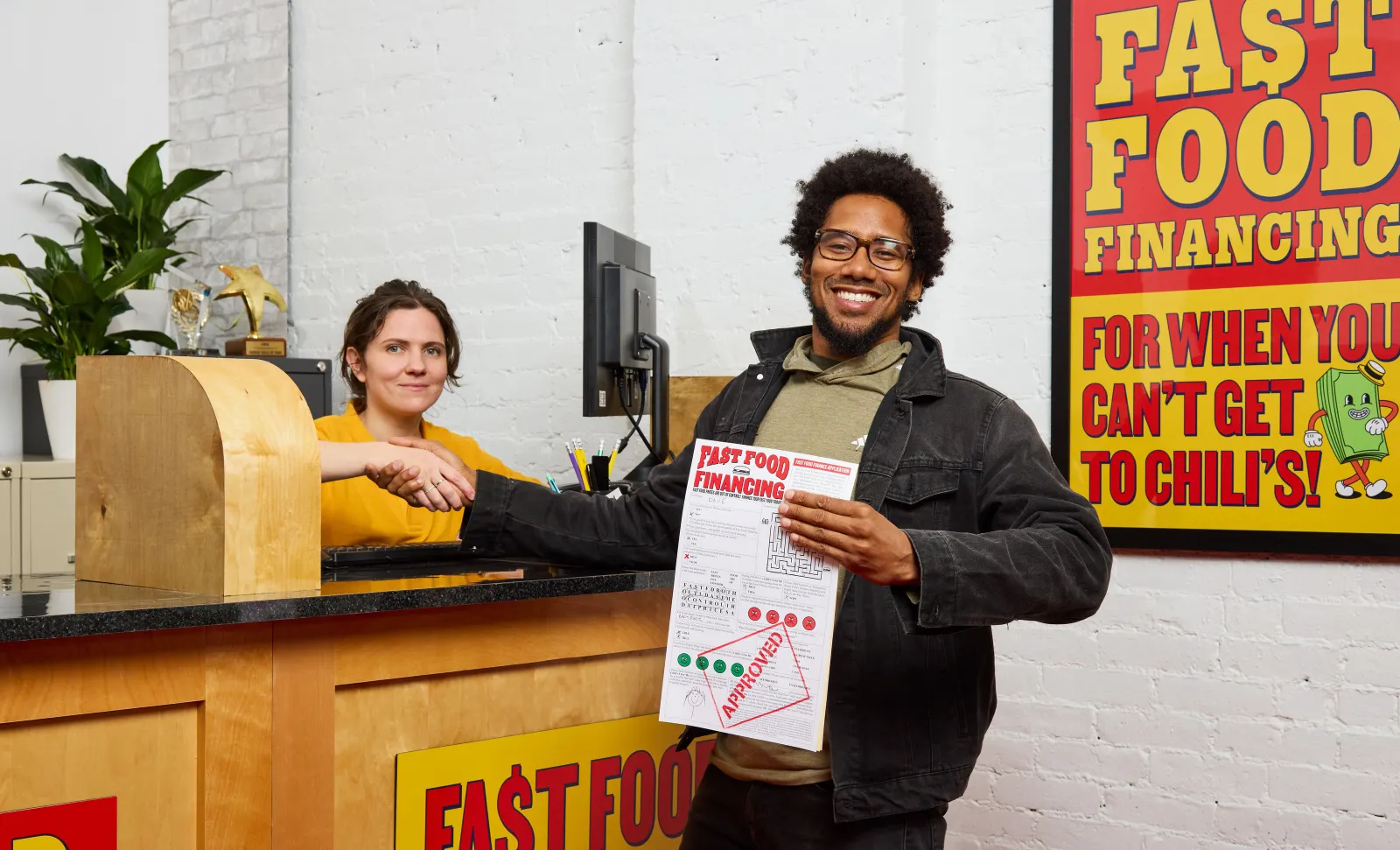
Best value-driven play: Chili’s Fast Food Financing
Inviting comparisons to scuzzy payday loan retailers probably isn’t the wisest strategy for most brands seeking to promote a message around value. For Chili’s, the outside-the-box concept was an ingenious way to extend its battle against fast food titans.
In April, the dine-in chain opened a Fast Food Financing pop-up next to a McDonald’s location in Manhattan to herald the launch of its Big QP burger, a rival to the Quarter Pounder. Videos styled after chintzy daytime TV ads helped raise awareness for the activation, which let visitors fill out forms to receive gift cards to cover their meal costs and included a speakeasy serving up the beef-heavy menu addition. The experience, which was executed with agencies JM&D and M ss ng p eces, drew a three-hour line at the peak of its popularity while generating over 6 billion earned media impressions, according to a representative for Chili’s.
“Creativity shouldn't be budget-constrained, and this is an amazing example of something that wasn’t grand on a large scale but was incredibly thoughtful and ended up getting a lot of buzz,” said Nick Valenti, CEO at Mādin, of Fast Food Financing.
Other marketers can take a page from Chili’s, which has seen eye-popping sales growth in an otherwise fallow period for restaurants. The brand has tackled marketing around value — a ubiquitous tactic at the moment — in an atypical fashion, hounding fast food rather than the companies that make up its direct competitive set, like Applebee’s. The approach has resulted in something that feels more distinctive than the usual tit-for-tat category squabbling, opening an opportunity for Chili’s to not only drive home a pricing-focused message, but also its positioning as a third place to gather and enjoy meals.
“It’s a clever way to capture an audience that’s looking for somewhere else to go, and so they’re providing that unique answer,” said Valenti.
Best case of brand agility: State Farm’s “Batman vs. Bateman”
The amount of investment that goes into a Super Bowl ad can be astronomical. What happens when those plans have to be overhauled on the fly? That’s the situation State Farm found itself in at Super Bowl LIX, when a superhero-inspired spot was put on the back burner as the insurer dealt with fallout from California wildfires. Rather than viewing its big game campaign as a sunk cost, State Farm called an audible, moving the ads to March Madness in a standout example of how brands can be agile as the world around them is frequently thrown into tumult.
“We’ve learned around the Super Bowl to not have a one-size-fits all-mentality with it, and we’ve learned that you can pivot if you’re smart and you’re paying attention,” said Alyson Griffin, head of marketing at State Farm.
“Batman vs. Bateman,” developed with agency Highdive, bears a simple logline: One’s likely to be disappointed if wry comedic actor Jason Bateman shows up to save the day instead of The Dark Knight of DC Comics fame. Beyond the anthem spot, additional ads focused on villains like the Joker and the Riddler, a storytelling approach that aligned with the weekslong structure of the NCAA college basketball tournament.
“The narrative that we wanted to start telling to then grow upon over time was: ‘Having insurance isn’t the same as having State Farm,’” said Griffin.
State Farm also leaned on Kai Cenat, a top Twitch streamer who appears in the campaign, to support the effort on late night TV as a late-breaking adjustment to its publicity plan. All told, “Batman vs. Bateman” received more than 16 million engagements, per a spokesperson, outpacing the top three Super Bowl ads ranked by USA Today’s Ad Meter. Maybe a big game marketing win doesn’t require a big game media buy.
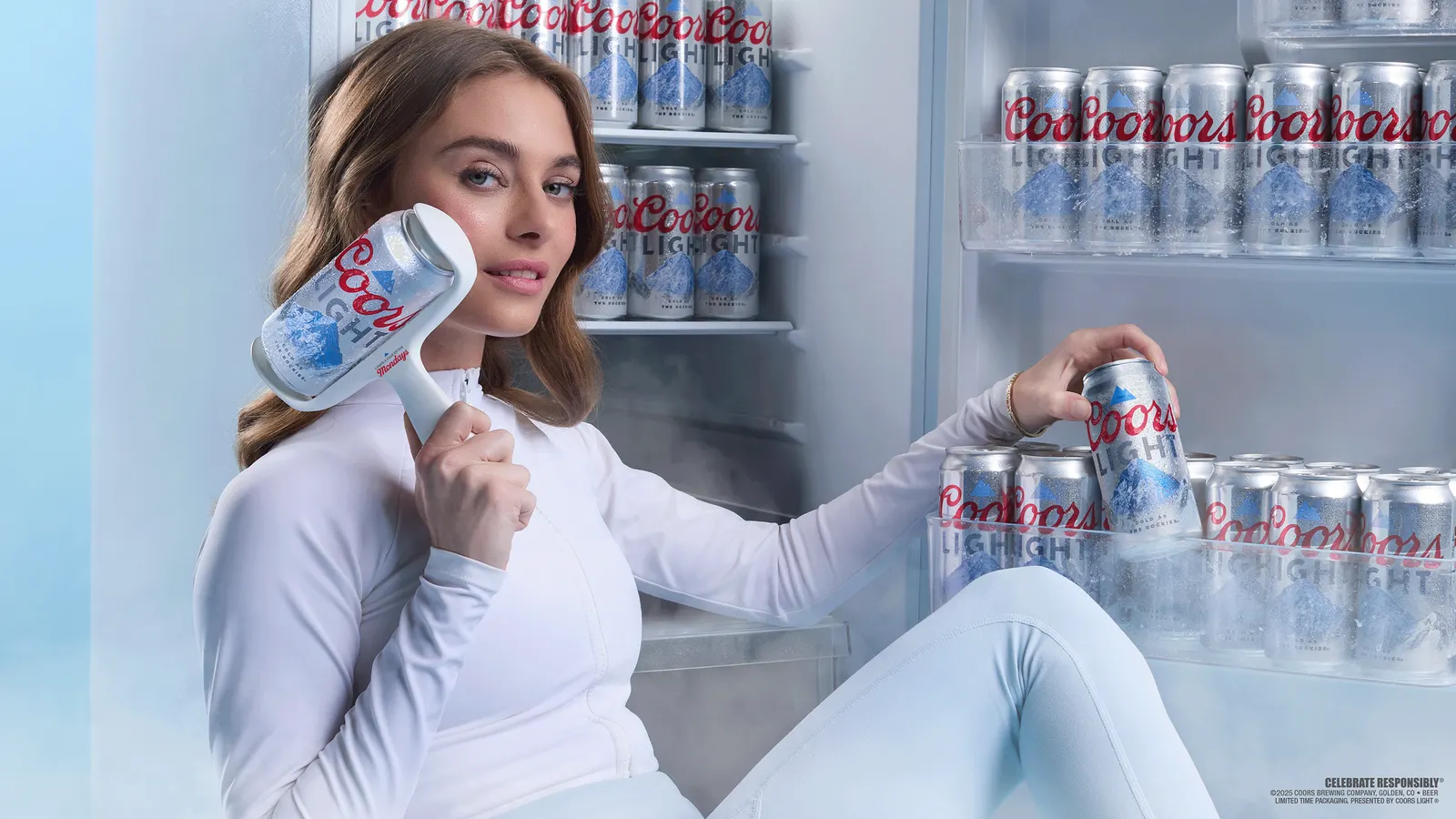
Best use of the Super Bowl as a platform: Coors Light
The Super Bowl is often treated as the flashiest night of the year for advertisers, but for Coors Light, this year’s event stretched beyond a single night to include a monthlong marketing blitz based around a nearly universal belief: Mondays are the worst.
The Molson Coors brand kicked off its Super Bowl campaign on Monday, Jan. 13, with ads that intentionally misspelled “refreshment” as “refershment” in a nod to Monday morning mishaps. The stunt, which included an apology, spurred Reddit threads, LinkedIn posts and op-eds.
“There were all of these articles by marketing experts — my favorite was one that called it a ‘lesson in humility,’” said Marcelo Pascoa, vice president of marketing, Coors family of brands.
Days later, the brand revealed limited-edition Mondays Light packaging, a play on the idiom “a case of the Mondays.” The concept was inspired by research which found 41% of respondents call the Monday after the Super Bowl one of the worst days of the year. The insight offered an opportunity to tap into culture while reinforcing Coors Light’s “Choose Chill” tagline.
“We wanted to own every single Monday and make sure that we’re top of mind week after week,” said Kevin Mulroy, founding partner and executive creative director at Mischief @ No Fixed Address, the agency behind the campaign.
Next came the Coors Light Chill Face Roller — which sold out in seven minutes — and a teaser to its big game ad starring actor Timothy Simons. The brand’s 30-second commercial featured anthropomorphized sloths portraying what a case of the Mondays feels like.
Coors Light continued its campaign after the game through a partnership with Peloton. In total, the brewer created 1.8 million cases of its limited-edition packaging, and sold them all. The brand also garnered 12.6 billion earned impressions, and consumers in January searched for “Coors Light” more than they did over the prior 12 months.
“Across all metrics we saw performance beyond what we had expected,” said Pascoa.

Best brand refresh: Brawny’s ‘Summon the Strongest’
While brand refreshes have saturated the marketing landscape of late, few have been as intentional as Brawny’s recent identity overhaul. The effort, joined by a new 3-Ply Paper Towel product and “Summon the Strongest” campaign, included a revamp of the Brawny Man mascot to make the oversized lumberjack approachable for a new generation of consumers.
The Georgia-Pacific brand launched its refresh in May with two 30-second spots that reintroduce the Brawny Man, who first appeared over 50 years ago, while holding true to his ethos as a figure willing to lend a helping hand. Social content includes influencer partnerships and videos that show Brawny Man in contexts native to the environment, like a “get ready with me” video and content that sees the mascot forced to use online slang like “goated.”
The content intentionally places the Brawny Man in modern situations to meet the moment. However, giving the Brawny Man a sense of agency — or the ability to reject phrases like “goblin mode” — is what makes the revamp stand out, explained Jaime Robinson, chief creative officer at Joan Creative, the agency behind the campaign.
“[Brawny Man] is a legacy character that’s been around since the early ‘70s, so if he suddenly was like a cool skateboard guy, it would feel very off,” said Robinson.
Brawny has garnered two billion earned impressions so far since the launch of its 3-Ply product. While strategizing its efforts, entertainment was key, said Brawny Paper Towels brand director Amanda Earley.
“We knew that this is a category that’s very low engagement, and our consumers shop on autopilot, so the first thing we had to do is really jolt them out of autopilot,” said Earley.
The brand iterated on its efforts with the 3-Ply Guys — a team of plaid-clad men that it made available for home cleanings in three cities for a sweepstakes that ran from May to June. During that time, there were 30,000 visits to the booking microsite and 265 sweepstakes sign-ups.

Best experiential play: RXBar’s B.S. Blocker Truck
Amid a sea of “New Year, New You” style ads, RXBar made a splash with its B.S. Blocker Truck that toured New York City to (literally) block out the noise. The effort, part of a “Proud Sponsor of No B.S.” platform, was meant to highlight the brand’s straightforward ingredients by addressing instances that many would regard as “B.S.,” like brands capitalizing on New Year’s resolutions.
“As advertisers, we have to be self aware — people don’t want every single aspect of their lives to be turned into capitalism,” said Avinash Baliga, chief creative officer of Tombras, the Kellanova brand’s creative agency. “Someone’s got to do something about this, why not us?”
The B.S. Blocker Truck toured New York City on Jan. 3. For the effort, local consumers could text a designated number to report “toxic” ads, and the truck would appear to block them. The truck itself could block billboards close to the ground, and an extension on top with two side panels allowed it to block billboards up to two stories high.
A social media call-to-action encouraged consumers to share what they planned to leave behind in the new year to receive a discount code, while a partnership with social media personality @dudettewithsign rounded out the effort. In total, the campaign garnered 2.8 million out-of-home impressions and over two million influencer impressions. The campaign also drove a 504% increase in engagement on Instagram.
RXBar expanded on its efforts in June with a Google Chrome browser extension called The B.S. Feed Filter that removes corporate jargon from social media. The no-nonsense strategy deliberately aligns with RXBar’s ethos and is meant to help it stand out in the crowded protein and health snack bar market.
“I think some of the best brands are brands where there's a very short gap between the marketing and the product itself,” Baliga said.
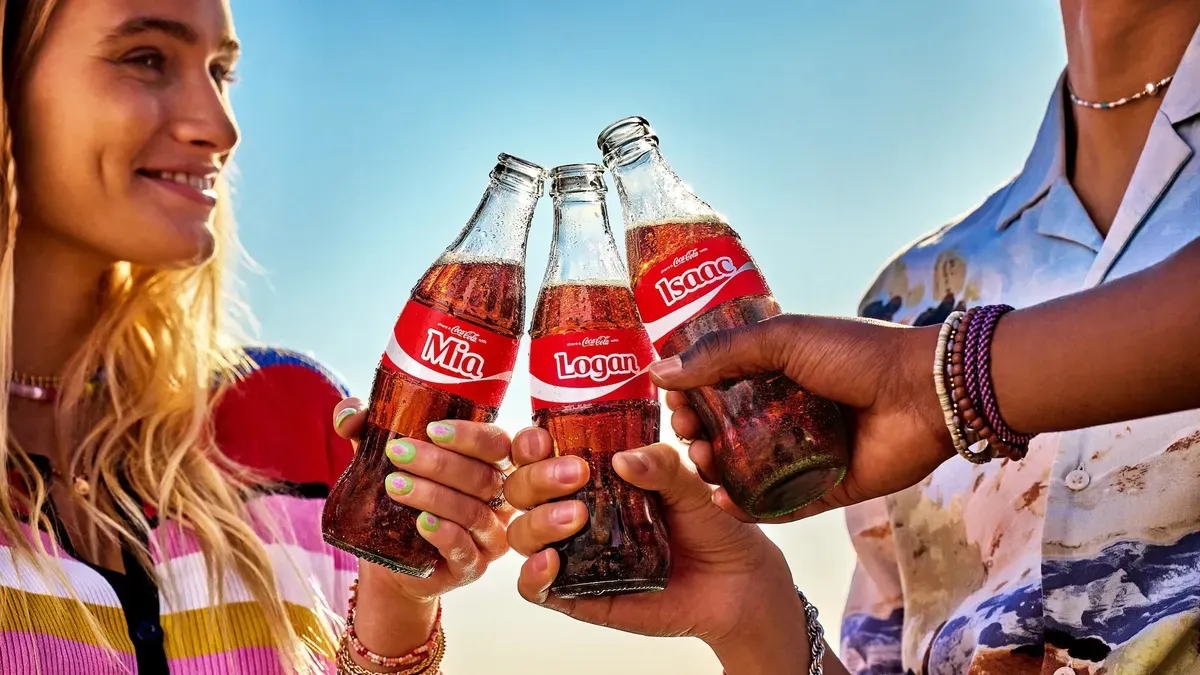
Best campaign relaunch: Coke’s “Share a Coke”
Resurrecting an old ad campaign runs an obvious risk: What if it’s not as good as the last go around? Coke’s “Share a Coke,” first introduced in 2011, is a hard candidate to top, standing as a sterling example of personalization at scale that drove sales during a period when consumers were otherwise pulling back from sugary sodas.
Coke’s revamp of the platform, which debuted in April with a focus on Gen Z, succeeds in largely staying true to the original concept, with the addition of some modern bells and whistles. Back in the mix are bubbly feel-good ads and bottles bearing different names and terms of endearment, but this time the packaging is also outfitted with QR codes that align with Gen Z’s mobile-first habits.
“They continue to evolve the ‘Share a Coke’ campaign using the latest technology along with tapping into the everchanging fastidious mindset of the Gen Z target [audience],” said Jac Mansour, chief creative officer at Pinnacle Advertising, over email. “Having the QR code to personalize the bottles helps everyone feel included,” he added.
“Share a Coke” was created with WPP Open X, led by VML, with support from Ogilvy PR, EssenceMediacom and Subvrsive.
A Memory Maker experience provides another layer to the campaign, allowing for the creation of personalized videos and memes that further shore up the overarching theme around shareability. As other legacy CPGs try to align around Gen Z’s tastes, making the cohort feel like creators can be a powerful tool.
“The Memory Maker component in the campaign continues the user-generated content trend, which is still, in my opinion, the Holy Grail for marketers,” said Mansour.

